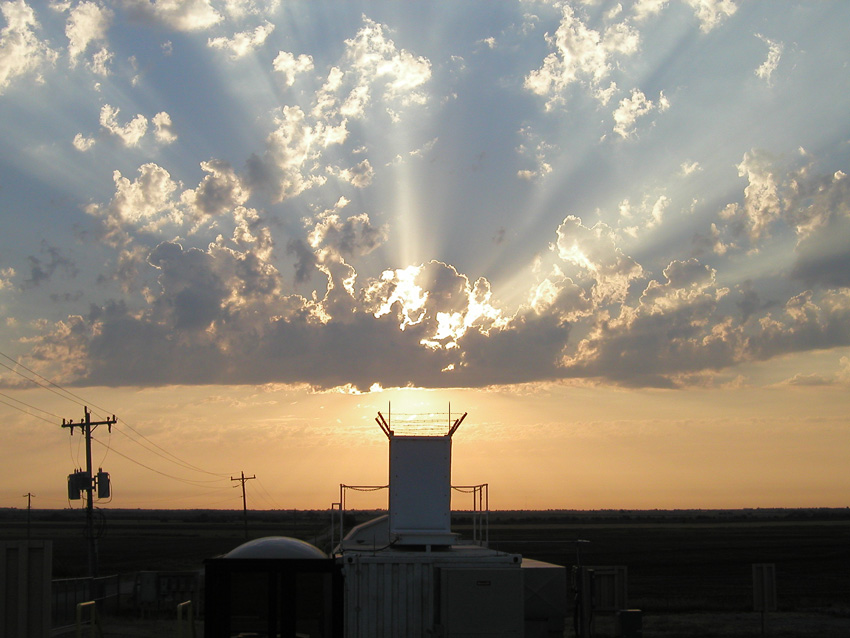
Fair-Weather Clouds, Cooling, and Humidity
ARM data offer insights into shallow cumulus clouds over land.

ARM data offer insights into shallow cumulus clouds over land.

Two genes responsible for mercury methylation identified.
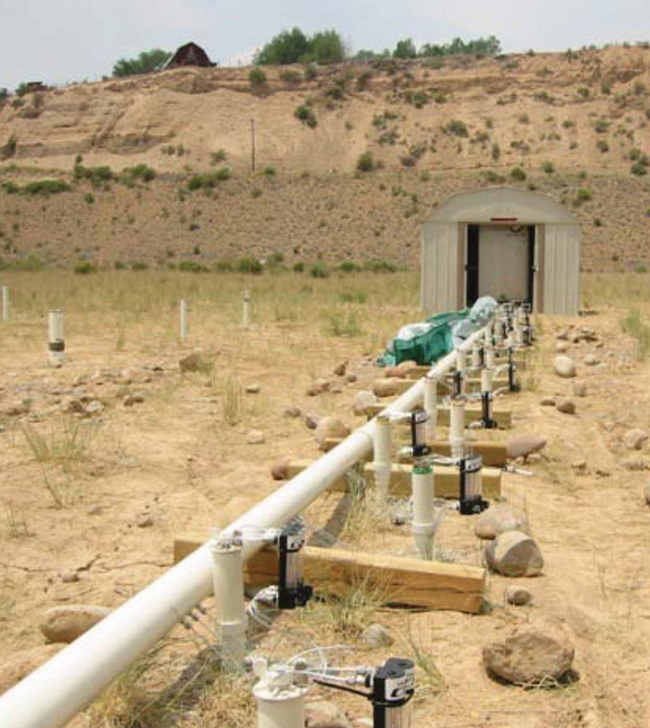
Bacterial biomass found to have an impact.

Tropical atmospheric data used to test climate model accuracy.

Recent studies reveal that complex ice-ocean interactions affect melting.
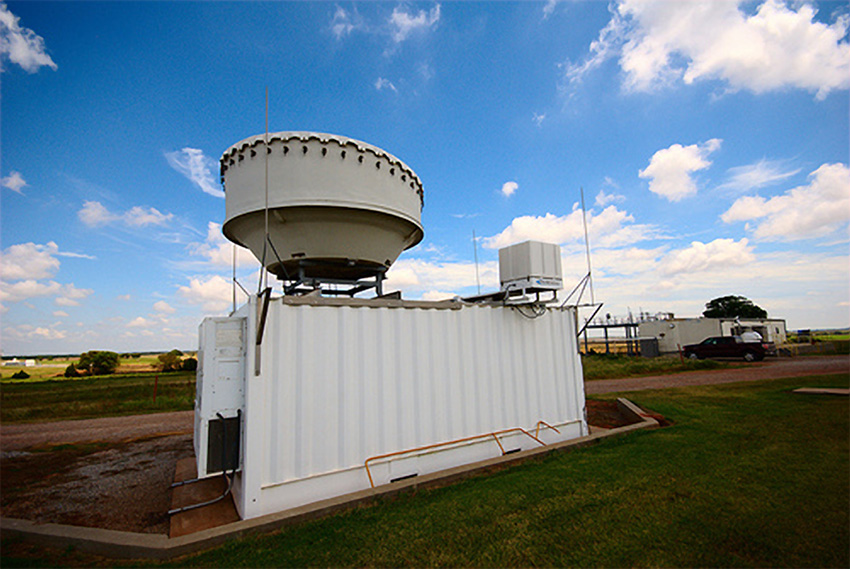
Long-term measurement records improve the representation of clouds in climate and weather forecast models.
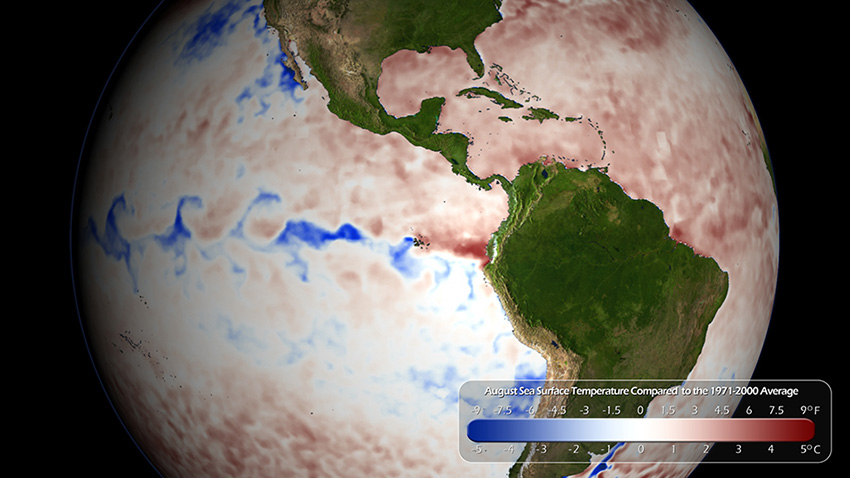
Accurate prediction of El Niño-Southern Oscillation is crucial for simulating extreme maximum temperature.

Researchers find that ten years of controlled CO2 elevation on desert microbes had deleterious effects.

3D simulation shows mountain impacts on surface solar fluxes.
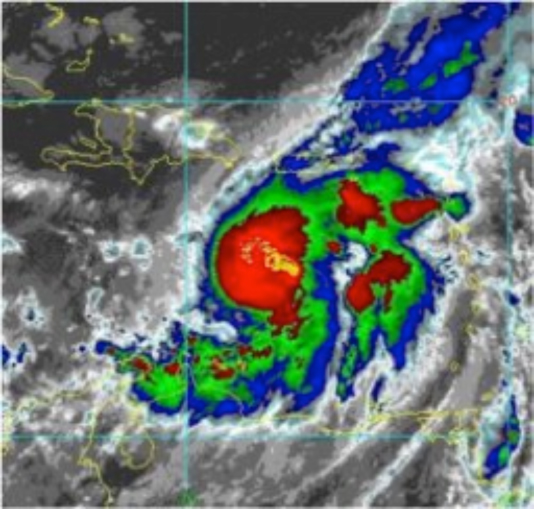
Understanding factors influencing a cyclone’s path and intensity improves our ability to forecast and mitigate impacts.

Atmospheric black carbon may not cause as much warming of the climate as we thought.

Arctic clouds, major controllers of the radiative budget, are now better represented in climate models.